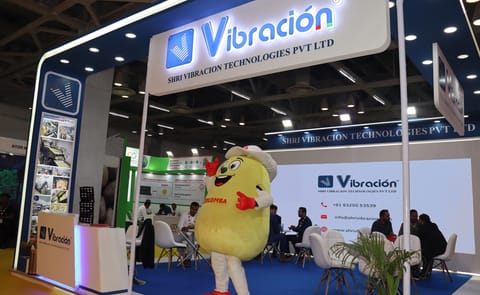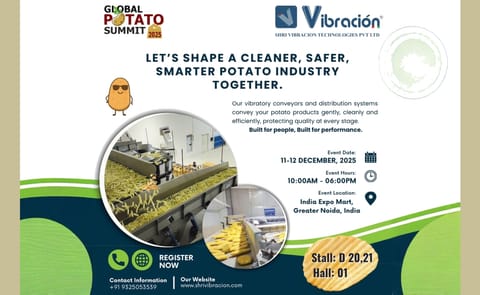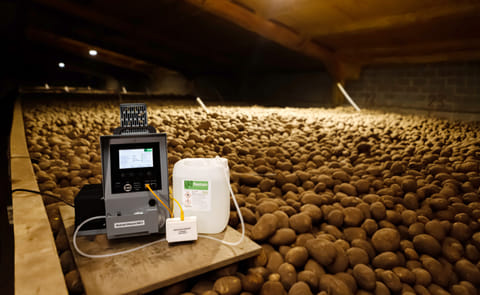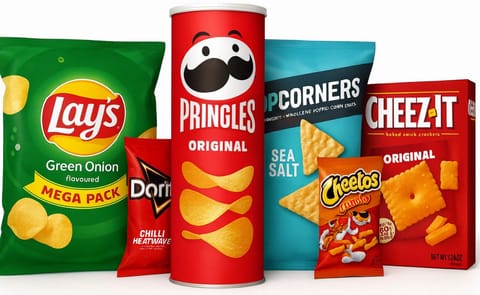Traditional refrigeration system
LVS Refrigeration technology can reduce costs and environmental impact
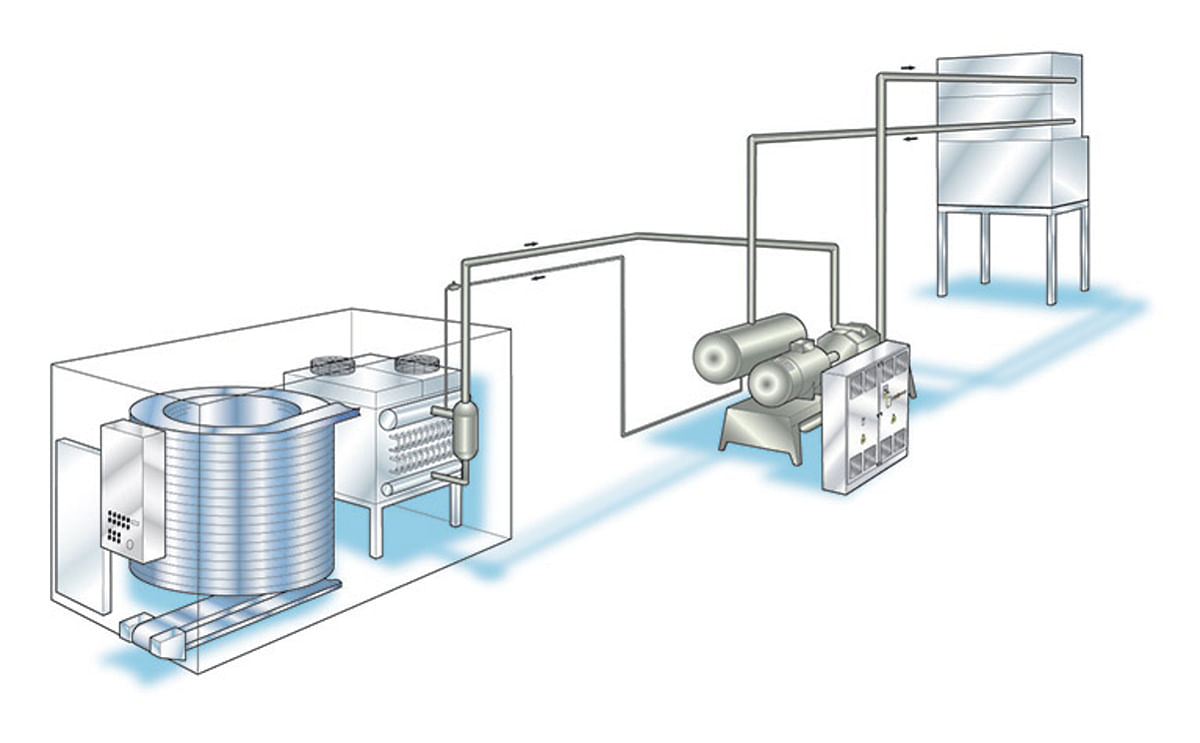
Energy efficiency is a major consideration for many food processors concerned about optimizing operations without further impacting the environment.
If processors can reduce their energy usage while maintaining production yield, food quality and equipment sanitation, they can achieve significant cost savings.
Also, there are environmental and safety benefits to be gained if the quantity of refrigerant in their equipment can be reduced. For frozen food processors, refrigeration is normally the largest energy user in their facility. Traditional pump recirculation systems for freezers have a high refrigerant charge, and often experience high and fluctuating pressure drops, which affect the performance of the refrigeration system and can compromise food quality.
LVS Refrigeration technology is now used on about 10 to 15 percent of all freezers designed and supplied by JBT FoodTech, a number that continues to increase. LVS Refrigeration provides low energy consumption and high output, and the refrigerant charge is typically half that of a traditional pumped system.
Replacing the pump
A traditional industrial refrigeration system uses pump recirculation, where liquid refrigerant is pumped from a surge drum, or low pressure receiver, to the freezer’s evaporator (see Chart 1 in pictures). The liquid then boils, and a mixture of vapor and liquid refrigerant is brought back to the surge drum, where liquid drops out while vapor continues to the compressor. The compressor operation controls the pressure in the surge drum, and the evaporation temperature of the refrigerant is proportional to this pressure.
Pumped systems have potential problems in any freezer application, including high pressure drops, poor liquid distribution, temperature fluctuation and high ammonia charges.
The LVS Refrigeration technology has no refrigerant pumps, but maintains the required high refrigerant recirculation rates through the evaporator (see Chart 2 in pictures) and improves evaporator efficiency. The dry return from the LVS vessel at the evaporator eliminates liquid buildup problems that often cause changes in evaporation temperature and problems with liquid distribution in traditional systems.
Saving $569 USD per day
A food processor experienced an immediate cost savings after installing LVS Refrigeration technology at its processing facility in Ireland. The processor had two freezers on a traditional pumped system, plus two freezers using LVS Refrigeration.
To optimize production, the processor wanted to change all freezers to LVS Refrigeration and add a fifth freezer, also with LVS. After a two-week summer shutdown for installation, all five freezers were up and running on a common LVS Refrigeration system. Refrigeration energy savings are reported to be the equivalent of approximately $569 USD per day, including the energy cost of the fifth freezer.
Natural solution
LVS Refrigeration also is environmentally friendly because it uses smaller quantities of refrigerants, ammonia and/or carbon dioxide.
The Salon International Process du Alimentaire (IPA), Institut International du Froid/International Institute of Refrigeration (IIF/IIR) and the Association Française du Froid (AFF) recognized JBT FoodTech with an award for LVS Refrigeration because of its ability to reduce refrigerant load, reduce electricity consumption, eliminate the need for a recirculation pump and use natural refrigerants. The IIF/IIR is an intergovernmental organization of 61 countries and AFF represents specialists in refrigeration and air conditioning.



